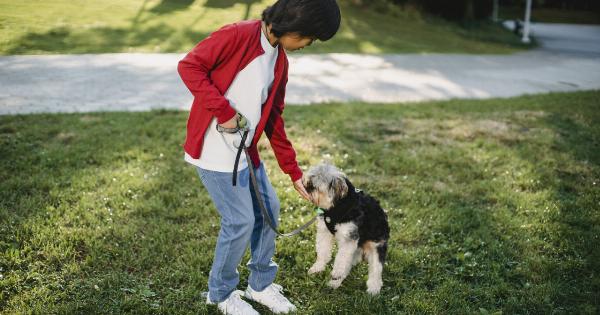Animals have always held a special place in our hearts, especially our beloved companions – dogs and cats. Beyond their cute faces and playful nature, these creatures experience a rich and complex range of emotions.
In this article, we will dive into the emotional lives of dogs and cats, exploring their distinct behavioral cues, social interactions, and ways in which we can provide optimal care for their well-being.
Understanding Emotional Intelligence
Emotional intelligence refers to an individual’s capacity to recognize and manage their emotions effectively. Both dogs and cats exhibit emotional intelligence in their unique ways.
Studies have shown that dogs are generally more emotionally expressive and responsive to human cues, while cats tend to be more independent and exhibit a subtler range of emotions.
Expression of Emotions
Dogs are known for their wagging tails, relaxed body postures, and joyful barks, which indicate happiness and excitement. On the other hand, cats demonstrate their contentment through purring, kneading, and gentle headbutts.
They may also exhibit signs of distress or fear by hissing, growling, or flattening their ears.
Bonding and Attachment
Both dogs and cats are capable of forming strong bonds with humans and other animals. Dogs, being highly social creatures, form deep attachments with their human families and seek constant companionship.
Cats, although independent by nature, can build affectionate relationships and show loyalty towards their owners, often choosing specific individuals as their primary source of comfort and security.
Social Interaction and Communication
Dogs have a remarkable ability to understand human emotions and intentions. They are known for their exceptional communication skills, using various vocalizations, body language, and facial expressions to convey their emotions.
Cats, on the other hand, rely more on body language, postures, and subtle vocalizations to communicate their desires and emotions.
Signs of Anxiety and Stress
Both dogs and cats can experience anxiety and stress, often triggered by environmental changes, separation, or unfamiliar situations.
Some common signs of anxiety in dogs include excessive barking, restlessness, destructive behavior, and toilet accidents. Cats, on the other hand, may exhibit behaviors such as excessive grooming, hiding, increased aggression, or avoidance.
Recognizing Fear and Aggression
In relation to fear and aggression, dogs and cats often display different cues.
While dogs may show signs of fear by cowering, tail tucking, or avoiding eye contact, cats may flatten their ears, dilate their pupils, or arch their backs when they feel threatened. Aggression in dogs is usually accompanied by growling, baring teeth, or lunging, while cats may hiss, yowl, or scratch when they become aggressive.
Providing Emotional Care
To ensure the emotional well-being of dogs and cats, it is important to understand and address their specific needs. Dogs thrive on social interaction, regular exercise, and mental stimulation.
Spending quality time together, providing positive reinforcement, and creating a secure environment can aid in their emotional development. For cats, it is crucial to provide a safe space, engage in interactive play, and respect their need for independence. Additionally, both dogs and cats benefit from routine veterinary care, a balanced diet, and proper grooming.
The Importance of Play and Enrichment
Playtime and environmental enrichment play a significant role in nurturing the emotional lives of dogs and cats.
Engaging them in interactive toys, puzzles, or training exercises not only provides mental stimulation but also strengthens the bond between humans and their furry companions. Cats, in particular, benefit from activities that mimic hunting behaviors, such as chasing toys or using puzzle feeders.
Emotional Healing and Trauma Recovery
Just like humans, dogs and cats can experience emotional trauma or distress. Rescued animals, for instance, may have endured neglect or abuse, leading to long-lasting emotional scars.
Patient and compassionate care, along with professional help if needed, can aid in their healing process. Creating a nurturing environment, providing positive reinforcement, and offering patience and understanding will help them overcome their emotional challenges.
Conclusion
Dogs and cats, our faithful and endearing companions, possess intricate emotional lives that are unique in their expressions and experiences.
By understanding their emotions, behaviors, and individual needs, we can ensure the optimal emotional well-being of these beloved creatures. By providing love, care, and appropriate attention, we can forge deeper connections and create happier, healthier lives for both dogs and cats as they continue to grace us with their unwavering companionship.






























